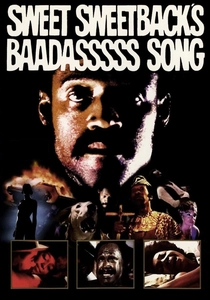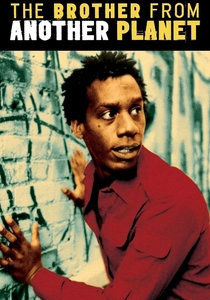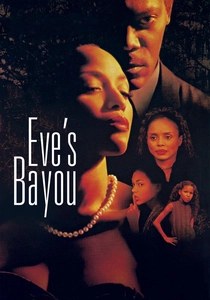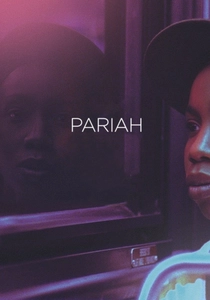If you were captivated by the Afrofuturist brilliance of Neptune Frost (2022), this article is for you. We’ve curated a list of 10 movies and shows that share its visionary storytelling, radical themes, and stunning aesthetics. Whether you loved its blend of sci-fi, music, and activism or its dreamlike visuals, these picks will take you on similarly unforgettable journeys.

Black Orpheus (1959)
Description: Reimagines a classic myth within a Black cultural context, using vibrant visuals and music to tell a story of love and destiny.
Fact: The film's soundtrack, featuring samba and bossa nova, played a significant role in popularizing Brazilian music globally.
 Watch Now
Watch Now 
Sweet Sweetback's Baadasssss Song (1971)
Description: A groundbreaking film that uses experimental techniques to tell a story of resistance and survival, with a strong political and cultural message.
Fact: The film was financed independently and became a commercial success, paving the way for the Blaxploitation genre.
 Watch Now
Watch Now 
Space Is the Place (1974)
Description: A surreal, Afrofuturist musical that combines science fiction with Black liberation themes, using avant-garde visuals and a cosmic narrative.
Fact: Sun Ra, the film's central figure, claimed to be an alien from Saturn and used music as a tool for spiritual awakening.
 Watch Now
Watch Now 
Losing Ground (1982)
Description: A thoughtful exploration of Black intellectual and artistic life, blending personal drama with philosophical questions about identity and creativity.
Fact: It is one of the first feature films to depict the life of a Black female academic and artist.
 Watch Now
Watch Now 
The Brother from Another Planet (1984)
Description: Blends science fiction with social commentary, exploring themes of alienation and identity through a Black protagonist navigating an unfamiliar world.
Fact: The film was shot on a low budget in Harlem and features minimal dialogue, relying heavily on visual storytelling.
 Watch Now
Watch Now 
The Color Purple (1985)
Description: A powerful narrative about Black women's resilience and sisterhood, told with emotional depth and rich visual storytelling.
Fact: The film was adapted from Alice Walker's Pulitzer Prize-winning novel and received 11 Academy Award nominations.
 Watch Now
Watch Now 
Daughters of the Dust (1991)
Description: A visually poetic film that explores Black heritage and identity through a nonlinear narrative, rich with symbolism and cultural depth.
Fact: It was the first feature film directed by an African American woman to receive a nationwide theatrical release in the U.S.
 Watch Now
Watch Now 
Eve's Bayou (1997)
Description: A haunting and lyrical film that blends family drama with elements of mysticism, exploring themes of memory, truth, and legacy.
Fact: It was the highest-grossing independent film of 1997 and is often cited as a landmark in Black cinema.
 Watch Now
Watch Now 
Pariah (2011)
Description: A coming-of-age story that delves into the complexities of identity, sexuality, and self-acceptance within a Black community, told with raw honesty and visual elegance.
Fact: The film was expanded from a short film of the same name, which won several awards at film festivals.
 Watch Now
Watch Now 
Sun Ra: A Joyful Noise (1980)
Description: Captures the experimental and mystical essence of Afrofuturism through its portrayal of Sun Ra's music and philosophy, blending performance with cosmic imagery.
Fact: The documentary was filmed over several years, capturing Sun Ra's live performances and his unique approach to music and life.
 Watch Now
Watch Now 








